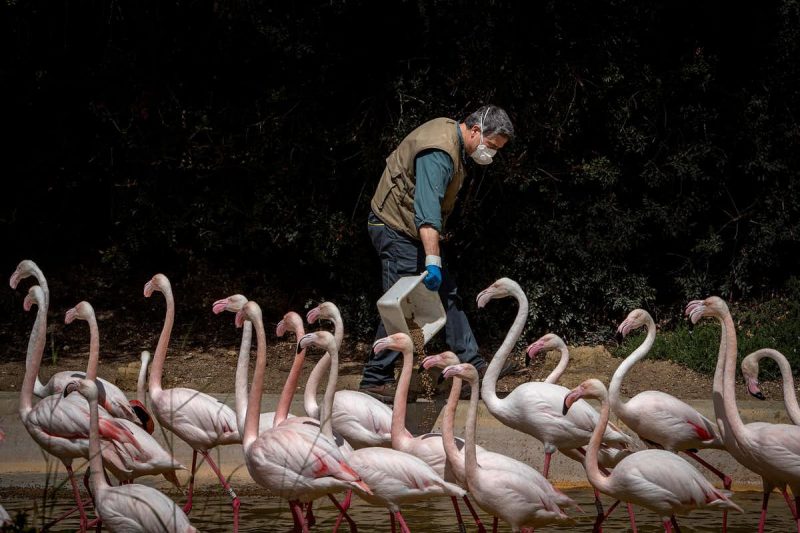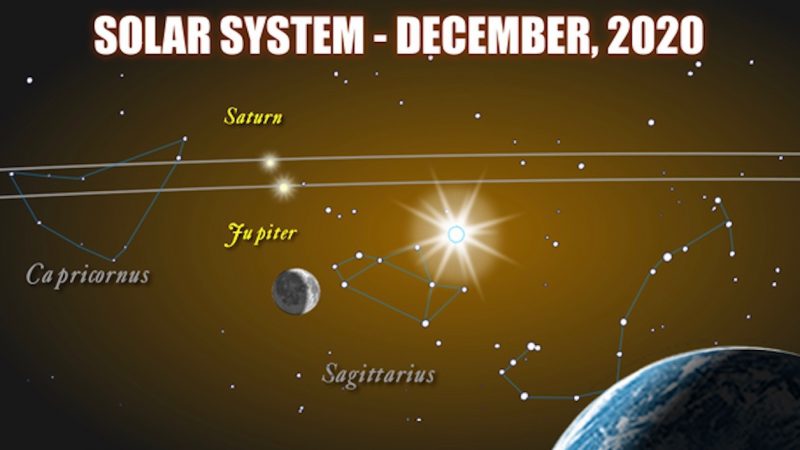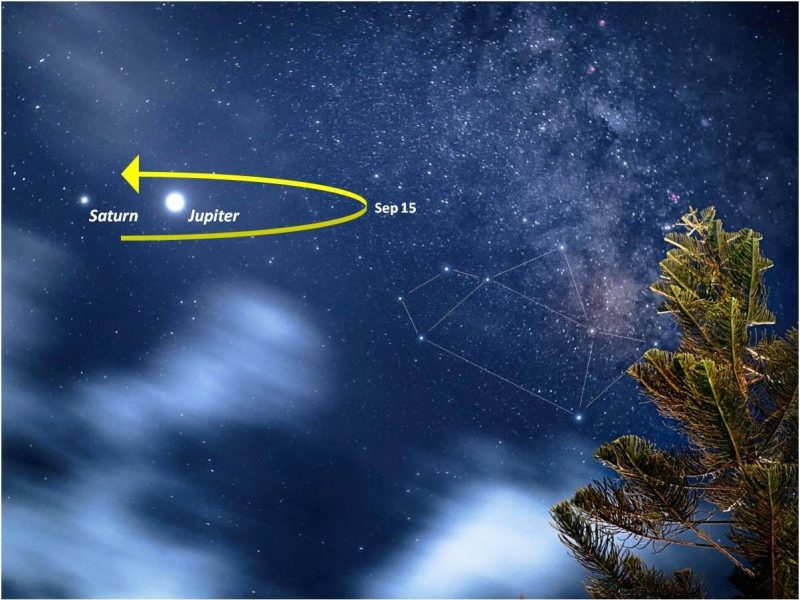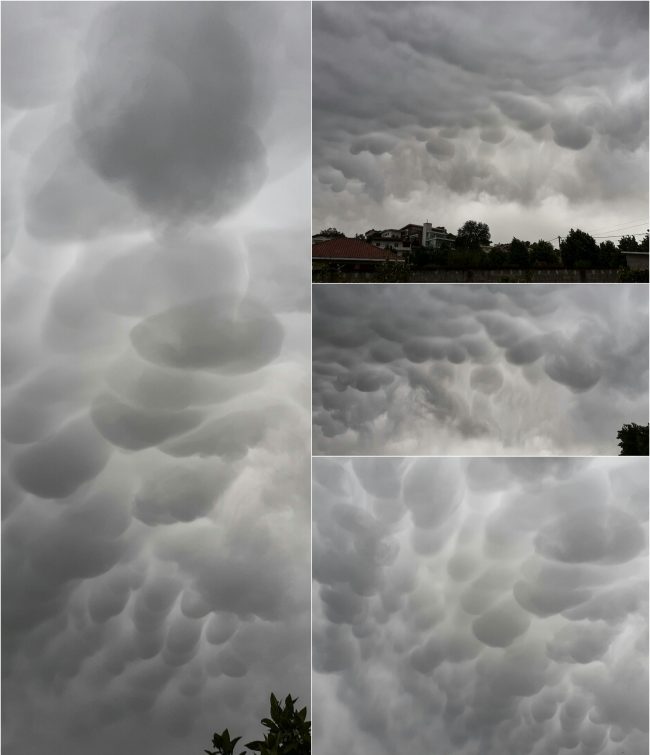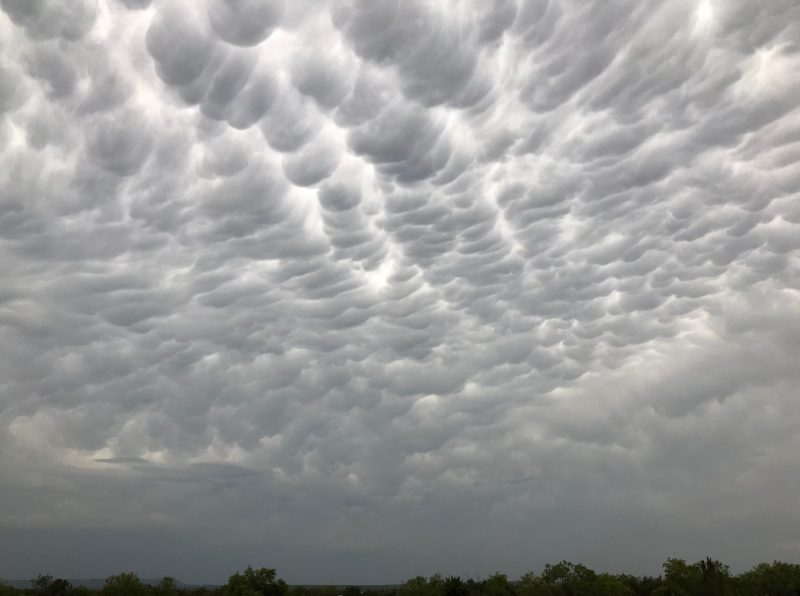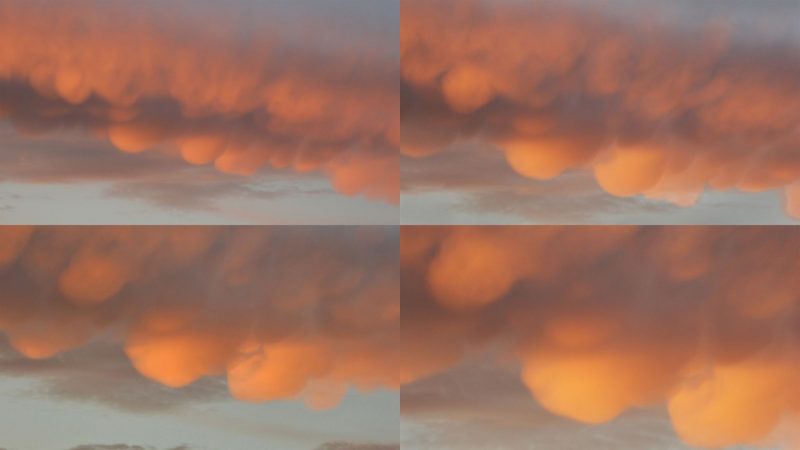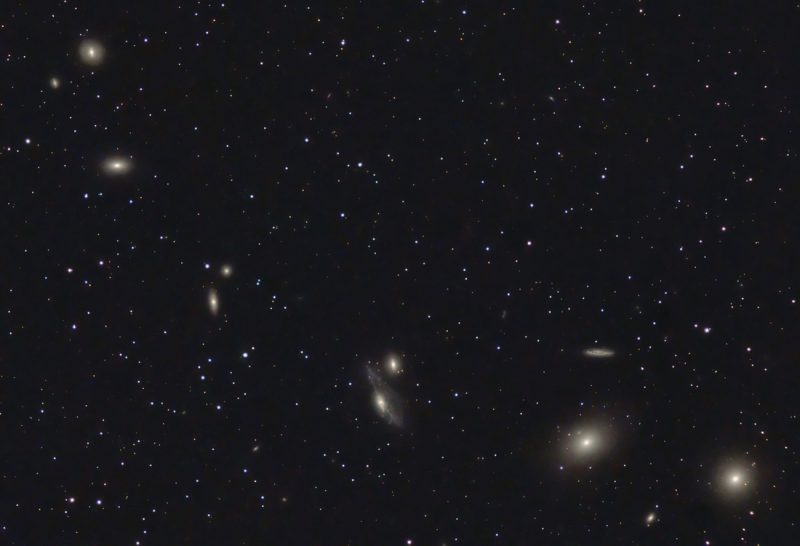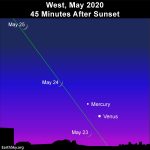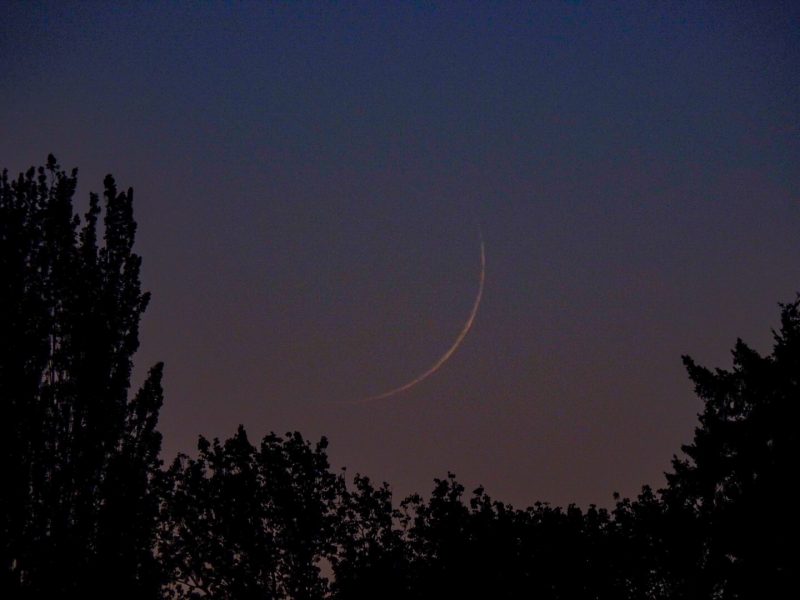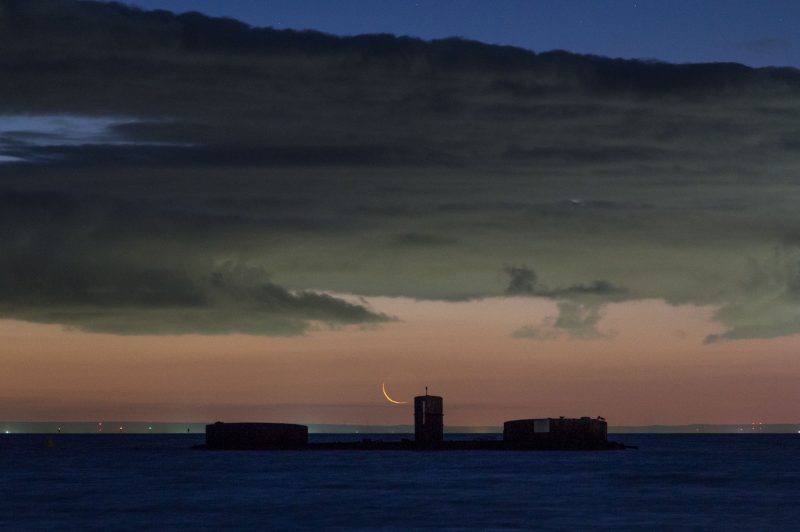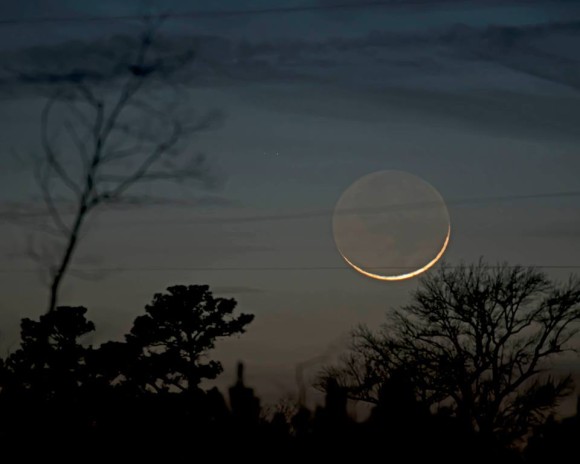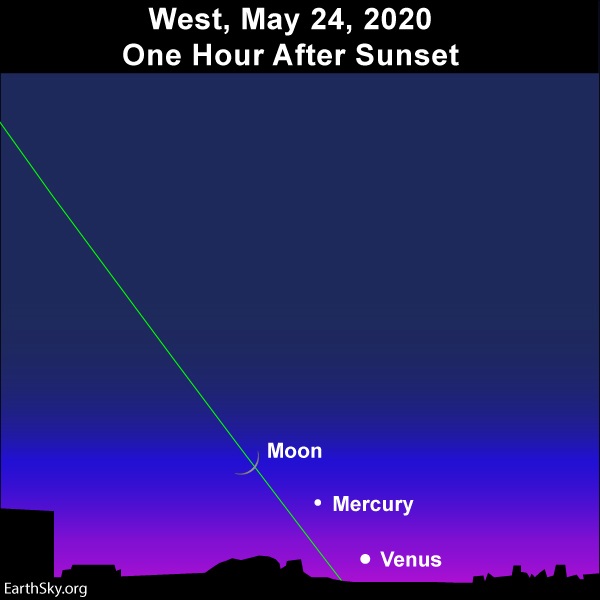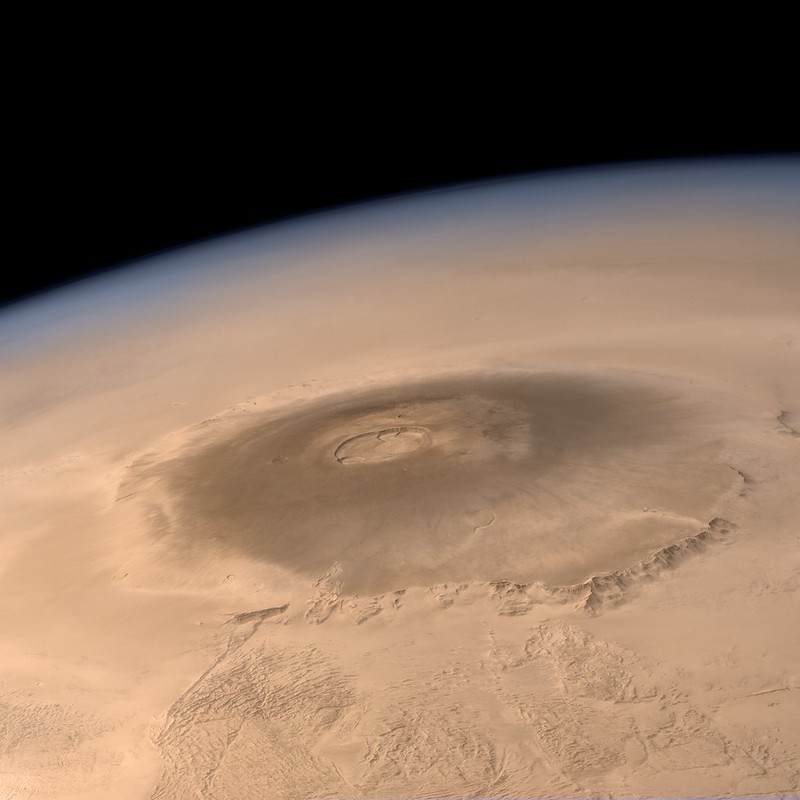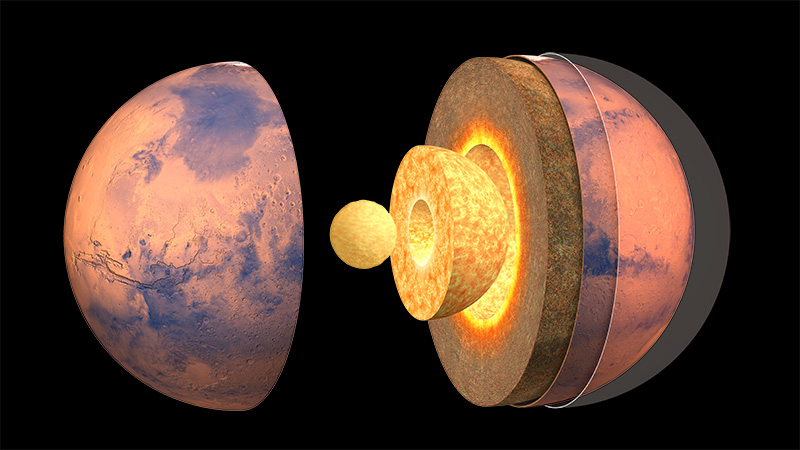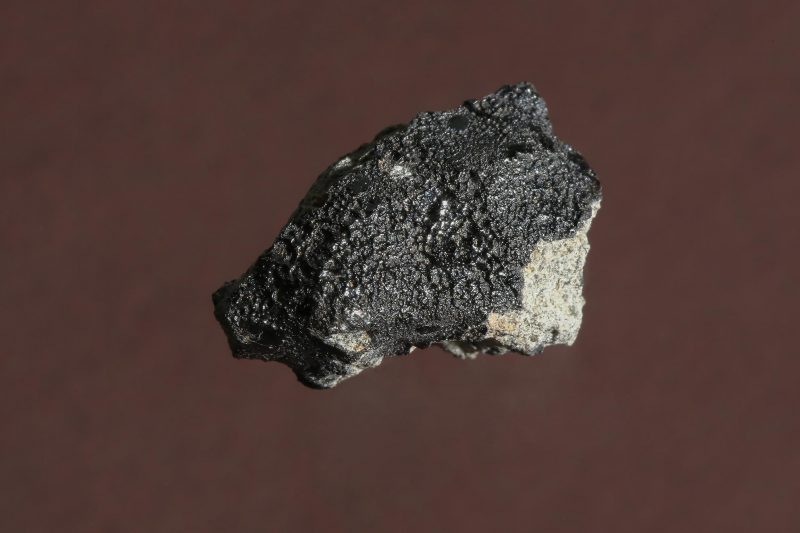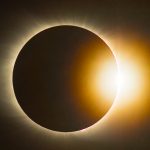

View larger. | EarthSky community member Beverley Sinclair captured this beautiful view of a total solar eclipse outside Charleston, South Carolina, on August 21, 2017, and wrote: “The skies were very cloudy leading up to totality but, miraculously, slowly cleared as totality approached. This photo shows the diamond ring and Bailey’s beads.” Thank you, Beverley!
An eclipse season is a 35-day period during which it’s possible for an eclipse to take place. There are four to seven eclipses every calendar year. Typically, there are two eclipse seasons. They recur in cycles of 173.3 days (somewhat shy of six calendar months). Each eclipse season has two or three eclipses. In some years, it’s possible to have a third eclipse season straddling into the previous or following year; that’s how we get to seven eclipses in some years.
We started 2020 in the midst of an eclipse season. There’d been a solar eclipse on December 26, 2019, and there was a lunar eclipse on January 10, 2020.
The next eclipse season starts June 5, 2020. The eclipse season of June and July 2020 will feature three eclipses: a lunar eclipse on June 5-6, a solar eclipse on June 21, and the third eclipse of that eclipse season, a lunar eclipse, on July 4-5. That eclipse season – June and July 2020 – will be the last eclipse season with three eclipses until the year 2029.
We’ll also end 2020 with an eclipse season: a lunar eclipse on November 29-30 and a solar eclipse on December 14.
Here are some words you need to know to understand eclipse seasons: lunar nodes and ecliptic. The ecliptic is the plane of the Earth’s orbit around the sun. A lunar node is the point where, in its monthly orbit of Earth, the moon’s orbit intersects that plane. An eclipse season is when – from Earth’s perspective – the sun is close enough to a lunar node to allow an eclipse to take place. If the sun is close to a lunar node at full moon, we see a lunar eclipse. If the sun is close to a lunar node at new moon, we see a solar eclipse.
To put it another way, if the moon turns new or full in close concert with the moon’s crossing of one of its nodes, then an eclipse is not only possible – but inevitable.
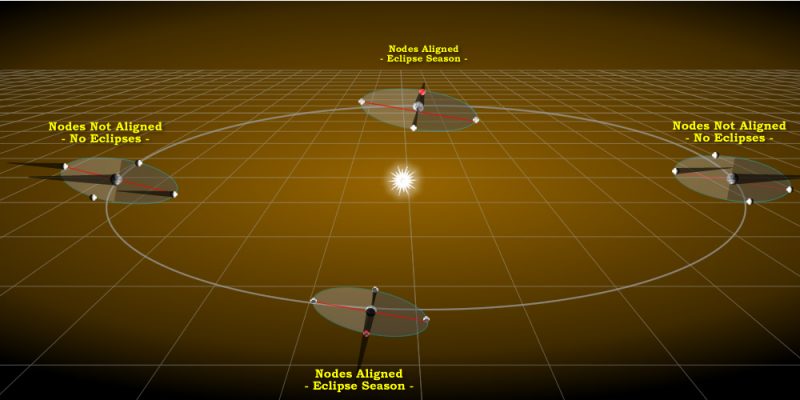
Lunar nodes are where the moon’s orbit cuts through the ecliptic, or Earth-sun plane. When these nodes point directly at the sun, it marks the midpoint of an approximate 35-day eclipse season. The middle of an eclipse season occurred on December 30, 2019. The middle of an eclipse season will occur on June 20, 2020. Image via Go Science Go.
Given that the lunar month (period of time between successive new moons or successive full moons) is about 29.5 days long, a minimum of two eclipses (one solar and one lunar, in either order) happens in one eclipse season. A maximum of three eclipses is possible (either lunar/solar/lunar, or solar/lunar/solar), though the first eclipse of the eclipse season has to come quite early to allow for a third eclipse near the end.
If there are seven eclipses in one calendar year, there are a few possibilities. The first one belongs to an eclipse season that started in the previous year – and/or the seventh eclipse belongs to an eclipse season that ends in the following year. It’s rare for seven eclipses to occur in one calendar year, however. It last happened in the year 1982, and will next occur in the year 2038.

View at EarthSky Community Photos. | Progression into and out of the annular eclipse on December 26, 2019, from Tumon Bay, Guam. Eliot Herman reported: “It was a beautiful day in Guam to observe the eclipse mostly clear blue skies with a little marine haze on the coast. These images were captured with a Questar telescope and a Nikon D850 camera using a Baader solar filter.” Thank you, Eliot!
Any lunar eclipse that comes early, or late, in an eclipse season finds the full moon missing the Earth’s umbra (inner dark shadow), and passing through the penumbra (outer faint shadow) instead.
A solar eclipse can happen only at new moon. A lunar eclipse can happen only at full moon. Additionally – for an eclipse to occur – the new moon or full moon has to take place within an eclipse season. Otherwise, the new moon passes too far north, or south, of the sun for a solar eclipse to take place, and the full moon sweeps too far north, or south, of the Earth’s shadow for a lunar eclipse to take place.
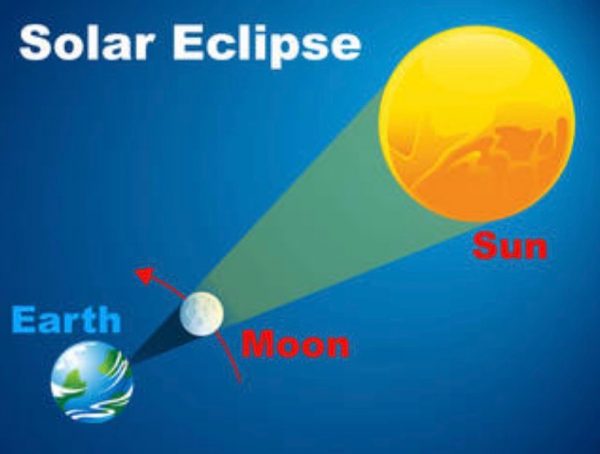
Eclipses are all about alignments. In a solar eclipse, the sun, moon and Earth line up, with the moon in the middle. Image via NASA.

In a lunar eclipse, the sun, Earth and moon line up, with the Earth in the middle. Image via NASA.
Why do we have eclipse seasons?
There are many cycles in the heavens. An eclipse season is just one of these many celestial cycles.
Consider that if the moon orbited Earth on the same plane that the Earth orbits the sun, then we’d have a solar eclipse at every new moon, and a lunar eclipse at every full moon.
But – in reality – the moon’s orbit is inclined by 5 degrees to the ecliptic (Earth’s orbital plane), so most of the time the new moon or full moon swings too far north, or south, of the ecliptic for an eclipse to take place. For instance, in the year 2020, we will have 12 new moons and 13 full moons, but only 2 solar eclipses and 4 lunar eclipses (all of the lunar eclipses in 2020, unfortunately, will be faint and hard-to-see penumbral lunar eclipses).
In the year 2020, there are 12 new moons and 13 full moons. A = annular solar eclipse, T = total solar eclipse, and n = penumbral lunar elcipse. Moon phases via Astropixels.
Twice every month, as the moon circles Earth in its orbit, the moon crosses the ecliptic (Earth’s orbital plane) at points called nodes. If the moon is going from south to north, it’s called the moon’s ascending node, and if the moon is moving from north to south, it’s called the moon’s descending node. The moon was last at its descending node on December 26, 2019, and will reach its ascending node on January 9, 2020.
Read more: Node passages of the Moon: 2001 to 2100
Whenever the lunar nodes point directly at the sun, that momentous event marks the middle of the eclipse season. The alignment of the moon, sun and Earth is most exact when an eclipse happens at the middle of an eclipse season, and the least so when an eclipse occurs at the start, or the end, of an eclipse season. Any lunar eclipse happening early or late in the eclipse season presents a penumbral lunar eclipse, whereas any solar eclipse happening early or late in the eclipse season features a skimpy partial eclipse of the sun.
This year, 2020, the middles of the eclipse seasons fall on June 20, 2020, and December 11, 2020.
Middle of eclipse season: June 20, 2020
First eclipse (lunar): June 5, 2020
Second eclipse (solar): June 21, 2020
Third eclipse (lunar): July 5, 2020
Middle of eclipse season: December 11, 2020
First eclipse (lunar): November 30, 2020
Second eclipse (solar): December 14, 2020
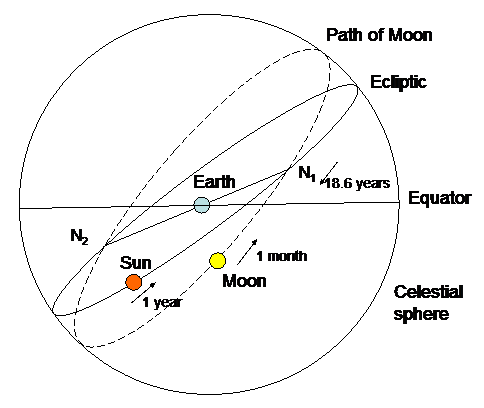
The plane of the moon’s orbit is inclined at 5 degrees to the plane of Earth’s orbit around the sun (the ecliptic). In this diagram, however, the ecliptic is portrayed as the sun’s apparent annual path in front of the constellations of the zodiac. The moon’s orbit intersects the ecliptic at two points called nodes (labeled here as N1 and N2). It’s the middle of the eclipse season whenever this line of nodes points directly at the sun. In the above diagram, the line of nodes does not point at the sun.
Bottom line: An eclipse season is when – from Earth’s perspective – the sun is close enough to a lunar node to allow an eclipse to take place. If the sun is close to a node at full moon, we see a lunar eclipse. If the sun is close to a node at new moon, we see a solar eclipse. A minimum of two eclipses (one solar and one lunar, in either order) happens in one eclipse season. A maximum of three eclipses is possible (either lunar/solar/lunar, or solar/lunar/solar).
from EarthSky https://ift.tt/39U0YH9


View larger. | EarthSky community member Beverley Sinclair captured this beautiful view of a total solar eclipse outside Charleston, South Carolina, on August 21, 2017, and wrote: “The skies were very cloudy leading up to totality but, miraculously, slowly cleared as totality approached. This photo shows the diamond ring and Bailey’s beads.” Thank you, Beverley!
An eclipse season is a 35-day period during which it’s possible for an eclipse to take place. There are four to seven eclipses every calendar year. Typically, there are two eclipse seasons. They recur in cycles of 173.3 days (somewhat shy of six calendar months). Each eclipse season has two or three eclipses. In some years, it’s possible to have a third eclipse season straddling into the previous or following year; that’s how we get to seven eclipses in some years.
We started 2020 in the midst of an eclipse season. There’d been a solar eclipse on December 26, 2019, and there was a lunar eclipse on January 10, 2020.
The next eclipse season starts June 5, 2020. The eclipse season of June and July 2020 will feature three eclipses: a lunar eclipse on June 5-6, a solar eclipse on June 21, and the third eclipse of that eclipse season, a lunar eclipse, on July 4-5. That eclipse season – June and July 2020 – will be the last eclipse season with three eclipses until the year 2029.
We’ll also end 2020 with an eclipse season: a lunar eclipse on November 29-30 and a solar eclipse on December 14.
Here are some words you need to know to understand eclipse seasons: lunar nodes and ecliptic. The ecliptic is the plane of the Earth’s orbit around the sun. A lunar node is the point where, in its monthly orbit of Earth, the moon’s orbit intersects that plane. An eclipse season is when – from Earth’s perspective – the sun is close enough to a lunar node to allow an eclipse to take place. If the sun is close to a lunar node at full moon, we see a lunar eclipse. If the sun is close to a lunar node at new moon, we see a solar eclipse.
To put it another way, if the moon turns new or full in close concert with the moon’s crossing of one of its nodes, then an eclipse is not only possible – but inevitable.

Lunar nodes are where the moon’s orbit cuts through the ecliptic, or Earth-sun plane. When these nodes point directly at the sun, it marks the midpoint of an approximate 35-day eclipse season. The middle of an eclipse season occurred on December 30, 2019. The middle of an eclipse season will occur on June 20, 2020. Image via Go Science Go.
Given that the lunar month (period of time between successive new moons or successive full moons) is about 29.5 days long, a minimum of two eclipses (one solar and one lunar, in either order) happens in one eclipse season. A maximum of three eclipses is possible (either lunar/solar/lunar, or solar/lunar/solar), though the first eclipse of the eclipse season has to come quite early to allow for a third eclipse near the end.
If there are seven eclipses in one calendar year, there are a few possibilities. The first one belongs to an eclipse season that started in the previous year – and/or the seventh eclipse belongs to an eclipse season that ends in the following year. It’s rare for seven eclipses to occur in one calendar year, however. It last happened in the year 1982, and will next occur in the year 2038.

View at EarthSky Community Photos. | Progression into and out of the annular eclipse on December 26, 2019, from Tumon Bay, Guam. Eliot Herman reported: “It was a beautiful day in Guam to observe the eclipse mostly clear blue skies with a little marine haze on the coast. These images were captured with a Questar telescope and a Nikon D850 camera using a Baader solar filter.” Thank you, Eliot!
Any lunar eclipse that comes early, or late, in an eclipse season finds the full moon missing the Earth’s umbra (inner dark shadow), and passing through the penumbra (outer faint shadow) instead.
A solar eclipse can happen only at new moon. A lunar eclipse can happen only at full moon. Additionally – for an eclipse to occur – the new moon or full moon has to take place within an eclipse season. Otherwise, the new moon passes too far north, or south, of the sun for a solar eclipse to take place, and the full moon sweeps too far north, or south, of the Earth’s shadow for a lunar eclipse to take place.

Eclipses are all about alignments. In a solar eclipse, the sun, moon and Earth line up, with the moon in the middle. Image via NASA.

In a lunar eclipse, the sun, Earth and moon line up, with the Earth in the middle. Image via NASA.
Why do we have eclipse seasons?
There are many cycles in the heavens. An eclipse season is just one of these many celestial cycles.
Consider that if the moon orbited Earth on the same plane that the Earth orbits the sun, then we’d have a solar eclipse at every new moon, and a lunar eclipse at every full moon.
But – in reality – the moon’s orbit is inclined by 5 degrees to the ecliptic (Earth’s orbital plane), so most of the time the new moon or full moon swings too far north, or south, of the ecliptic for an eclipse to take place. For instance, in the year 2020, we will have 12 new moons and 13 full moons, but only 2 solar eclipses and 4 lunar eclipses (all of the lunar eclipses in 2020, unfortunately, will be faint and hard-to-see penumbral lunar eclipses).
In the year 2020, there are 12 new moons and 13 full moons. A = annular solar eclipse, T = total solar eclipse, and n = penumbral lunar elcipse. Moon phases via Astropixels.
Twice every month, as the moon circles Earth in its orbit, the moon crosses the ecliptic (Earth’s orbital plane) at points called nodes. If the moon is going from south to north, it’s called the moon’s ascending node, and if the moon is moving from north to south, it’s called the moon’s descending node. The moon was last at its descending node on December 26, 2019, and will reach its ascending node on January 9, 2020.
Read more: Node passages of the Moon: 2001 to 2100
Whenever the lunar nodes point directly at the sun, that momentous event marks the middle of the eclipse season. The alignment of the moon, sun and Earth is most exact when an eclipse happens at the middle of an eclipse season, and the least so when an eclipse occurs at the start, or the end, of an eclipse season. Any lunar eclipse happening early or late in the eclipse season presents a penumbral lunar eclipse, whereas any solar eclipse happening early or late in the eclipse season features a skimpy partial eclipse of the sun.
This year, 2020, the middles of the eclipse seasons fall on June 20, 2020, and December 11, 2020.
Middle of eclipse season: June 20, 2020
First eclipse (lunar): June 5, 2020
Second eclipse (solar): June 21, 2020
Third eclipse (lunar): July 5, 2020
Middle of eclipse season: December 11, 2020
First eclipse (lunar): November 30, 2020
Second eclipse (solar): December 14, 2020

The plane of the moon’s orbit is inclined at 5 degrees to the plane of Earth’s orbit around the sun (the ecliptic). In this diagram, however, the ecliptic is portrayed as the sun’s apparent annual path in front of the constellations of the zodiac. The moon’s orbit intersects the ecliptic at two points called nodes (labeled here as N1 and N2). It’s the middle of the eclipse season whenever this line of nodes points directly at the sun. In the above diagram, the line of nodes does not point at the sun.
Bottom line: An eclipse season is when – from Earth’s perspective – the sun is close enough to a lunar node to allow an eclipse to take place. If the sun is close to a node at full moon, we see a lunar eclipse. If the sun is close to a node at new moon, we see a solar eclipse. A minimum of two eclipses (one solar and one lunar, in either order) happens in one eclipse season. A maximum of three eclipses is possible (either lunar/solar/lunar, or solar/lunar/solar).
from EarthSky https://ift.tt/39U0YH9




